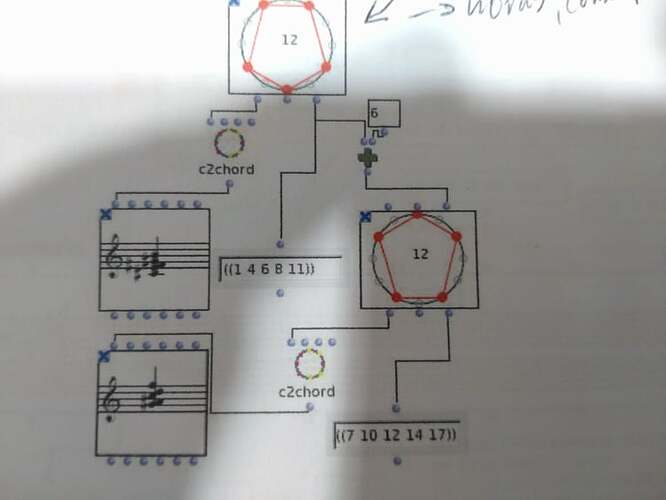Hello everyone,
I am with some doubts here. First, the documentation of dx->x says the example above for this function
Ex. (dx->x 6000 '(700 200)) => (6000 6700 6900). Ok, how can I grafically make this example?
Second, this is a doubt of mine. In a work using the program, the function x-> goes to (250 250 300 5000). Or, the list number receives inlets from the x->dx. How is possible to add inlets to a list of numbers?

